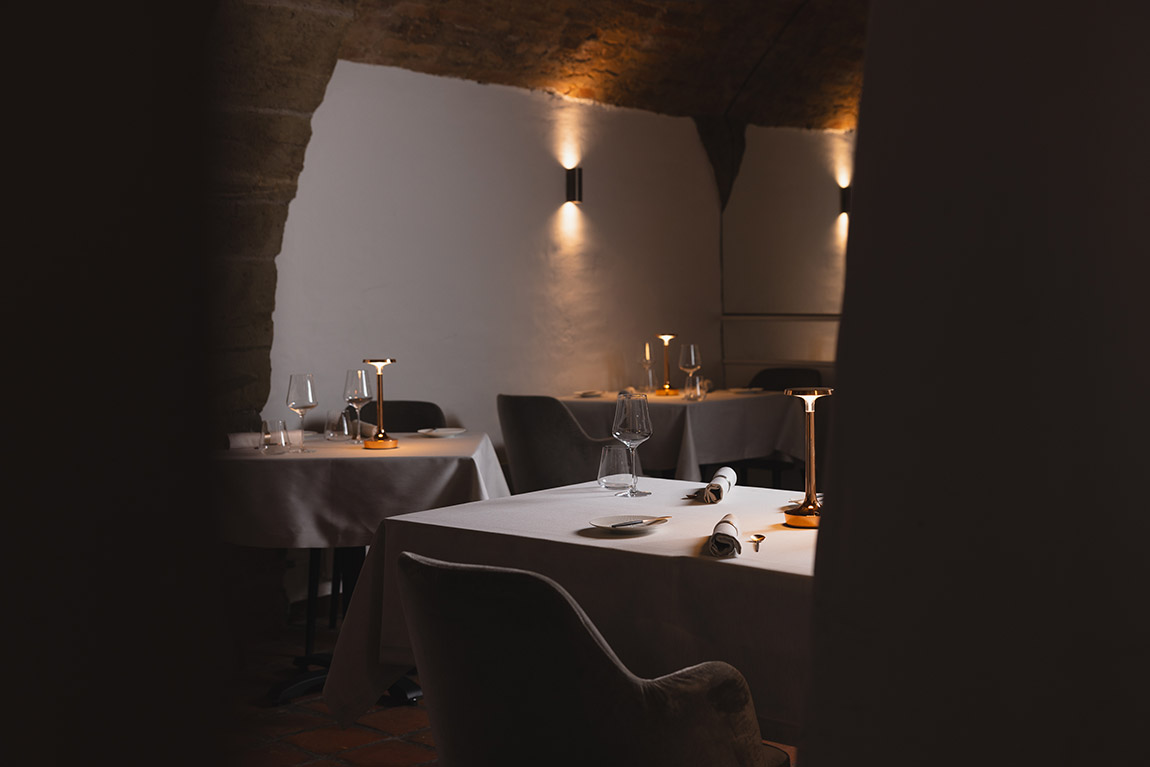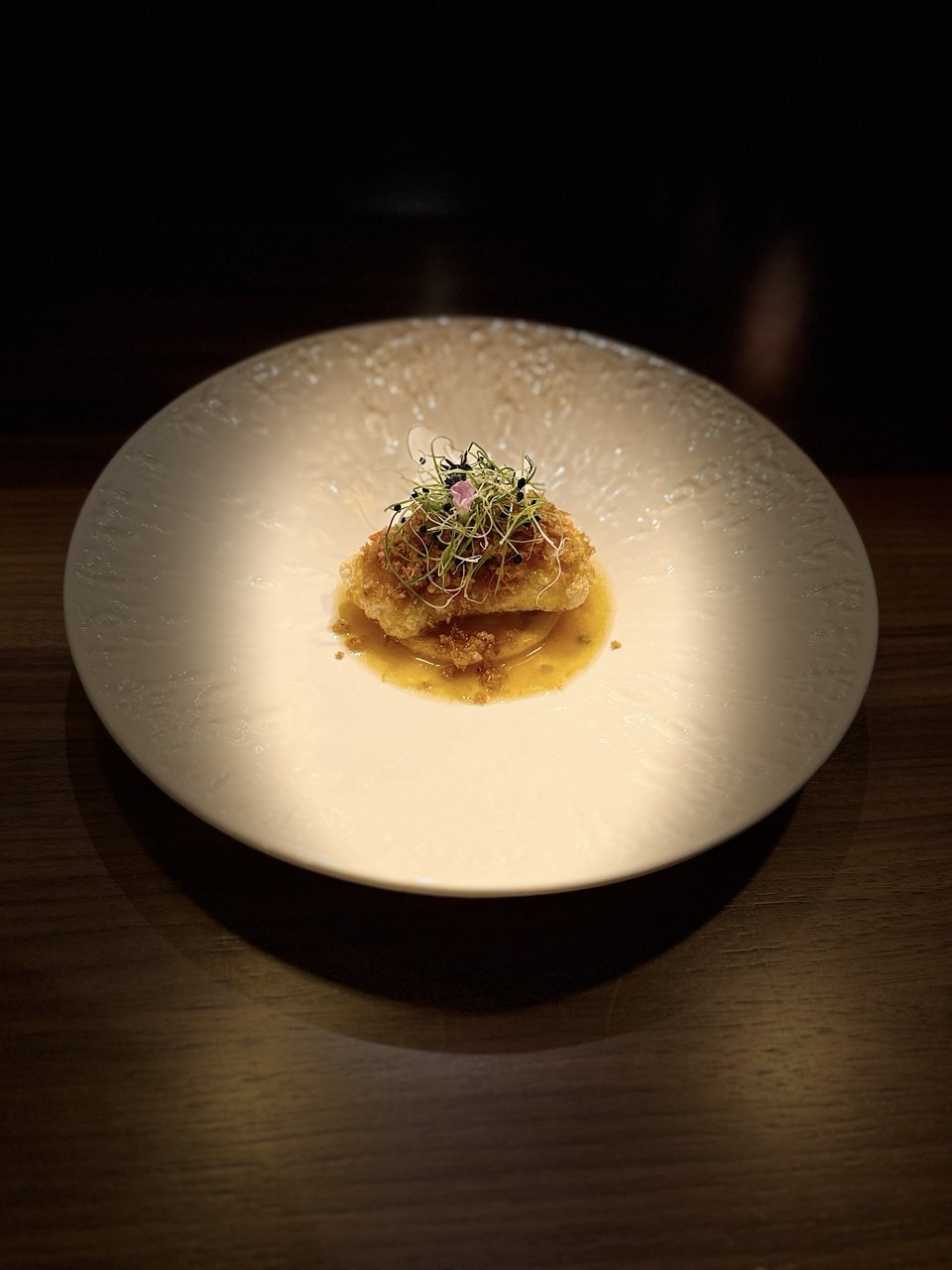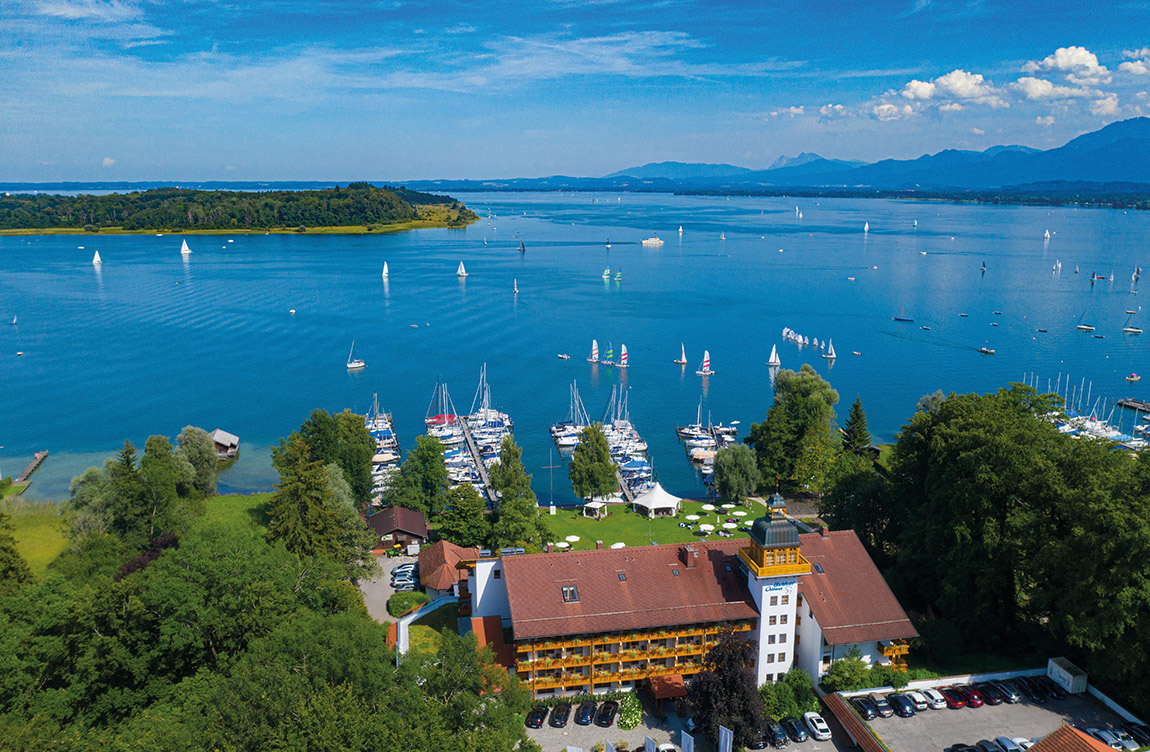Special Theme: Wine Guide 2022 – Wines with a heritage
TEXT: NANE STEINHOFF I PHOTOS: DEUTSCHES WEININSTITUT (DWI)
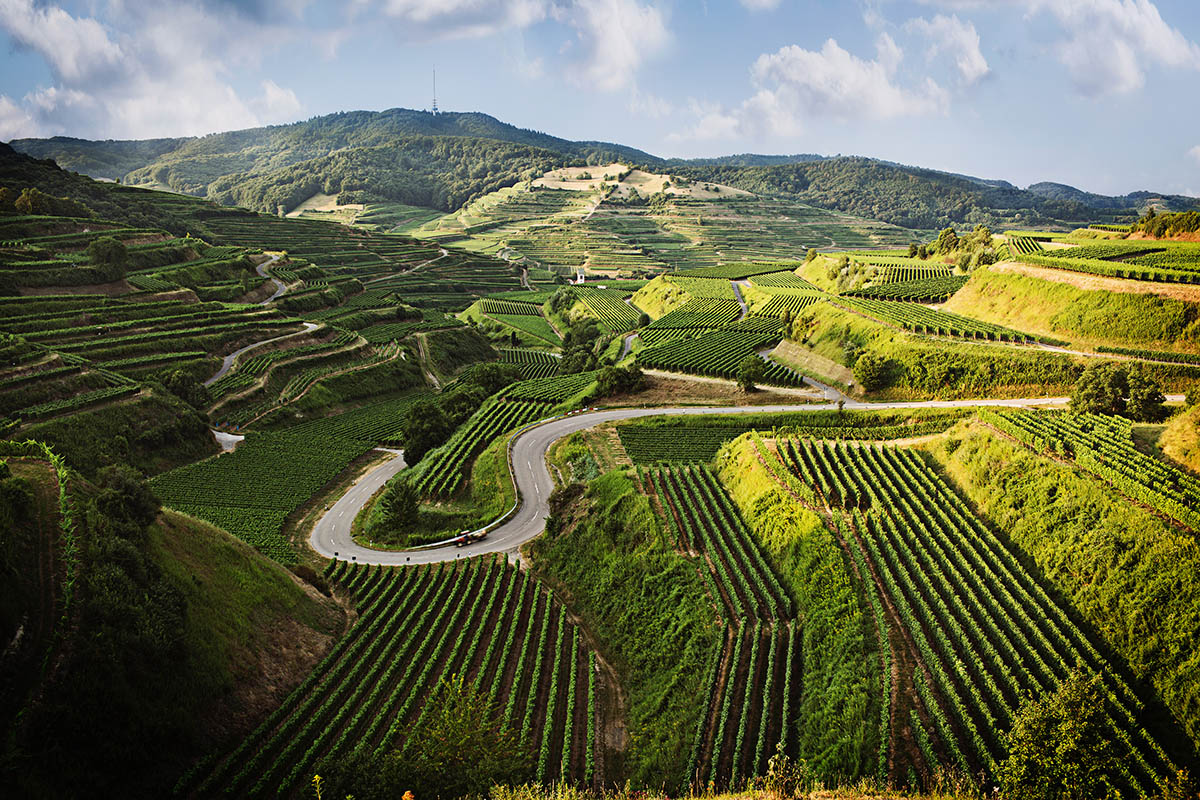
Germany and Austria are home to numerous prestigious wine-growing regions, each producing high-quality wines from an enormous variety of grapes. The classics, such as Riesling and Pinot varieties (Burgunder), play the biggest role for the countries.
Germany is ranked second in the world after only Italy for production of Pinot Gris (known as Grauburgunder), and third for Pinot Noir (Spätburgunder). Climate change in recent years has also led to more international grape varieties making their mark on the German wine landscape, such as Cabernet Sauvignon, Merlot, Syrah, Chardonnay and Sauvignon.
There is an increasing appreciation amongst German wine drinkers for quality, regional specialities and authenticity – which goes hand in hand with the ever-growing trend in the German wine scene to keep the wine as untouched from human interference as possible. In fact, the demand for individual wines, fermented without temperature control, which really capture the intricacies of the terroir and the signature of the winemaker, is very much on the rise.
When it comes to eating lighter, German wines are an ideal accompaniment to this trend. As these wines are cultivated in the northern areas of Europe’s wine-growing regions, the grapes’ maturing process is much slower, which enhances their aroma while keeping their alcohol content fairly low.
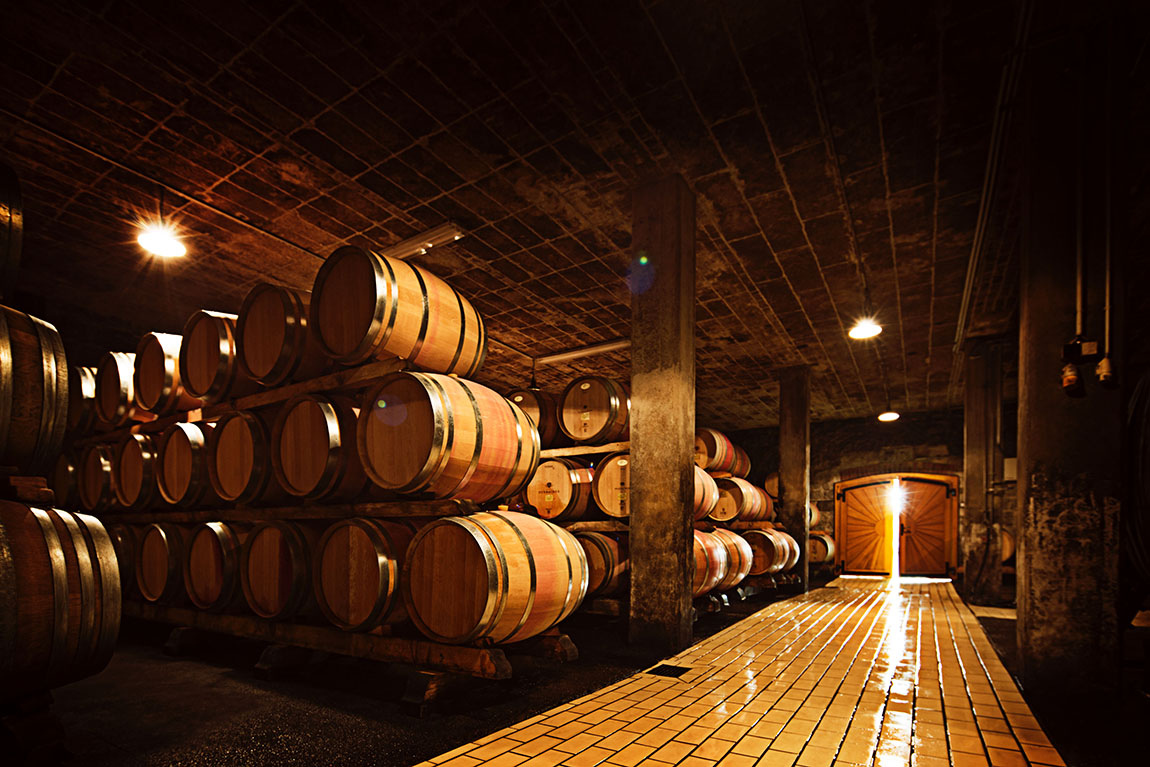
Austrian wines are best known around the world for their quality and innovative features. ‘Small is beautiful’ – this motto best describes Austrian wine if you look at it from an international perspective. After all, the small Alpine country produces rare and interesting wines that are sure to please any demanding palate. Austrian wines can be found on every great wine list right now, and more and more wine experts are starting to appreciate them.
The country’s long tradition in winemaking surely plays a big factor as grapevines have been cultivated here in the same manner for thousands of years. Ideal geological and climatic elements further contribute to the best conditions for making distinctive, tasty and authentic wines with character and personality. It also needs to be noted that Austrian vintners seem to have understood what makes wines great today: combining traditional viticulture with modern processes. The outcomes are diverse, high-quality wines without compromise. Wine connoisseurs can find everything that their heart desires in Austria: from lively, light-bodied wines to opulent white wines, fruity or full-bodied red wines, as well as elegant sweet wines.
Whatever your favourite variety, German wines have a lot to offer, so take your pick and start tasting!

Subscribe to Our Newsletter
Receive our monthly newsletter by email

